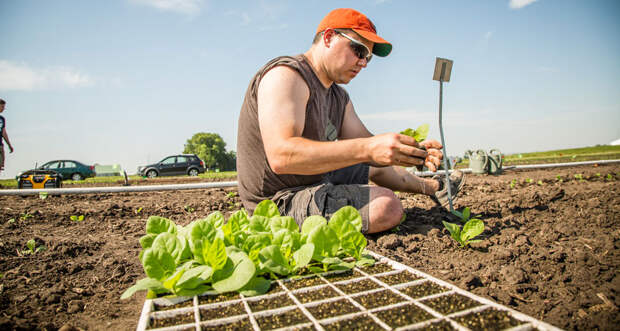Author: Maria Temming / Source: Science News

A genetic hack to make photosynthesis more efficient could be a boon for agricultural production, at least for some plants.
This feat of genetic engineering simplifies a complex, energy-expensive operation that many plants must perform during photosynthesis known as photorespiration. In field tests, genetically modifying tobacco in this way increased plant growth by over 40 percent. If it produces similar results in other crops, that could help farmers meet the food demands of a growing global population, researchers report in the Jan. 4 Science.
Streamlining photorespiration is “a great step forward in efforts to enhance photosynthesis,” says Spencer Whitney, a plant biochemist at Australian National University in Canberra not involved in the work.
Now that the agricultural industry has mostly optimized the use of yield-boosting tools like pesticides, fertilizers and irrigation, researchers are trying to micromanage and improve plant growth by designing ways to make photosynthesis more efficient (SN: 12/24/16, p. 6).
Photorespiration is a major roadblock to achieving such efficiency. It occurs in many plants, such as soybeans, rice and wheat, when an enzyme called Rubisco — whose main job is to help transform carbon dioxide from the atmosphere into sugars that fuel plant growth — accidentally snatches an oxygen molecule out of the atmosphere instead.
That Rubisco-oxygen interaction, which happens about 20 percent of the time, generates the toxic compound glycolate, which a plant must recycle into useful molecules through photorespiration. This processes comprises…
The post A new way to genetically tweak photosynthesis boosts plant growth appeared first on FeedBox.